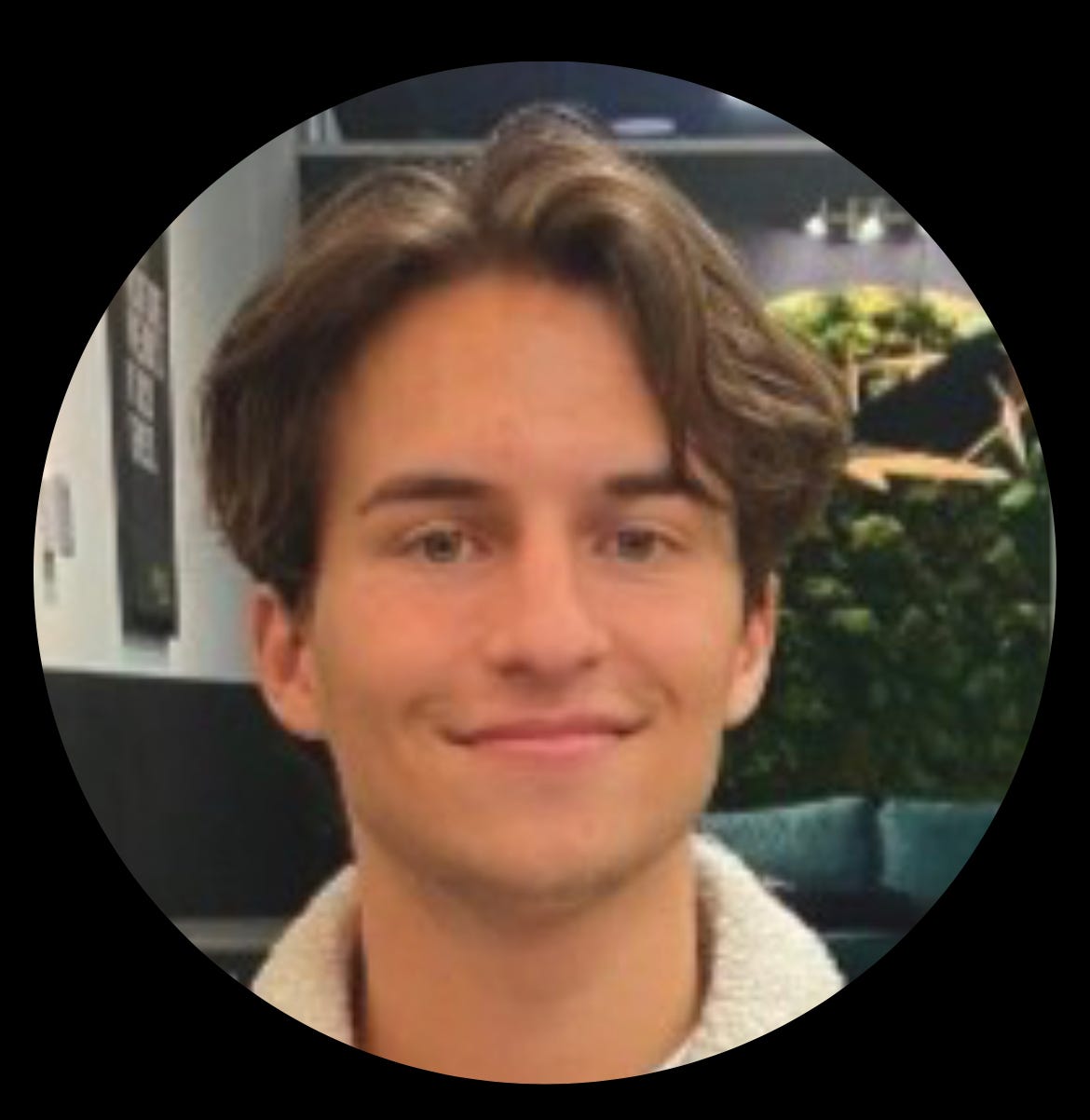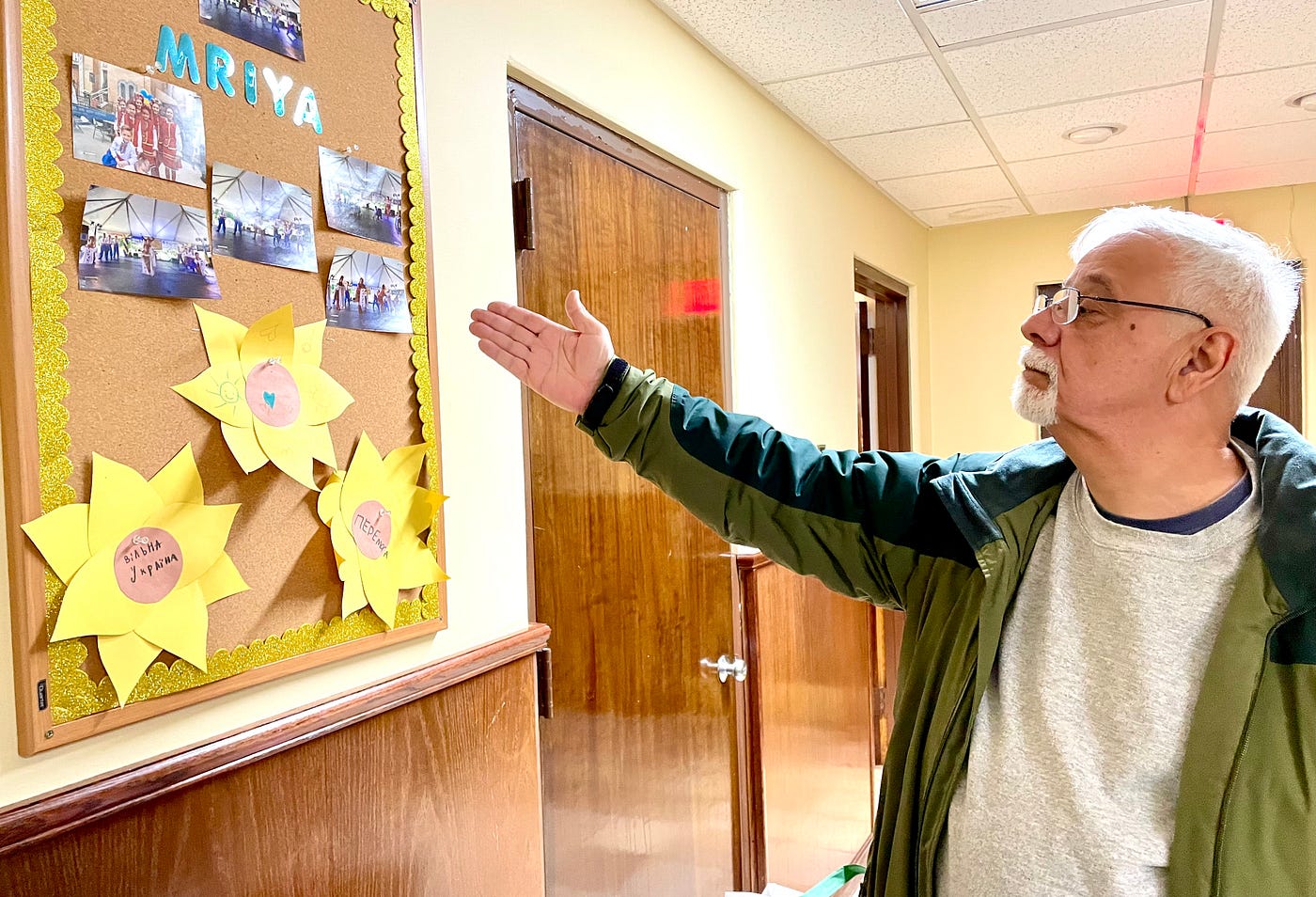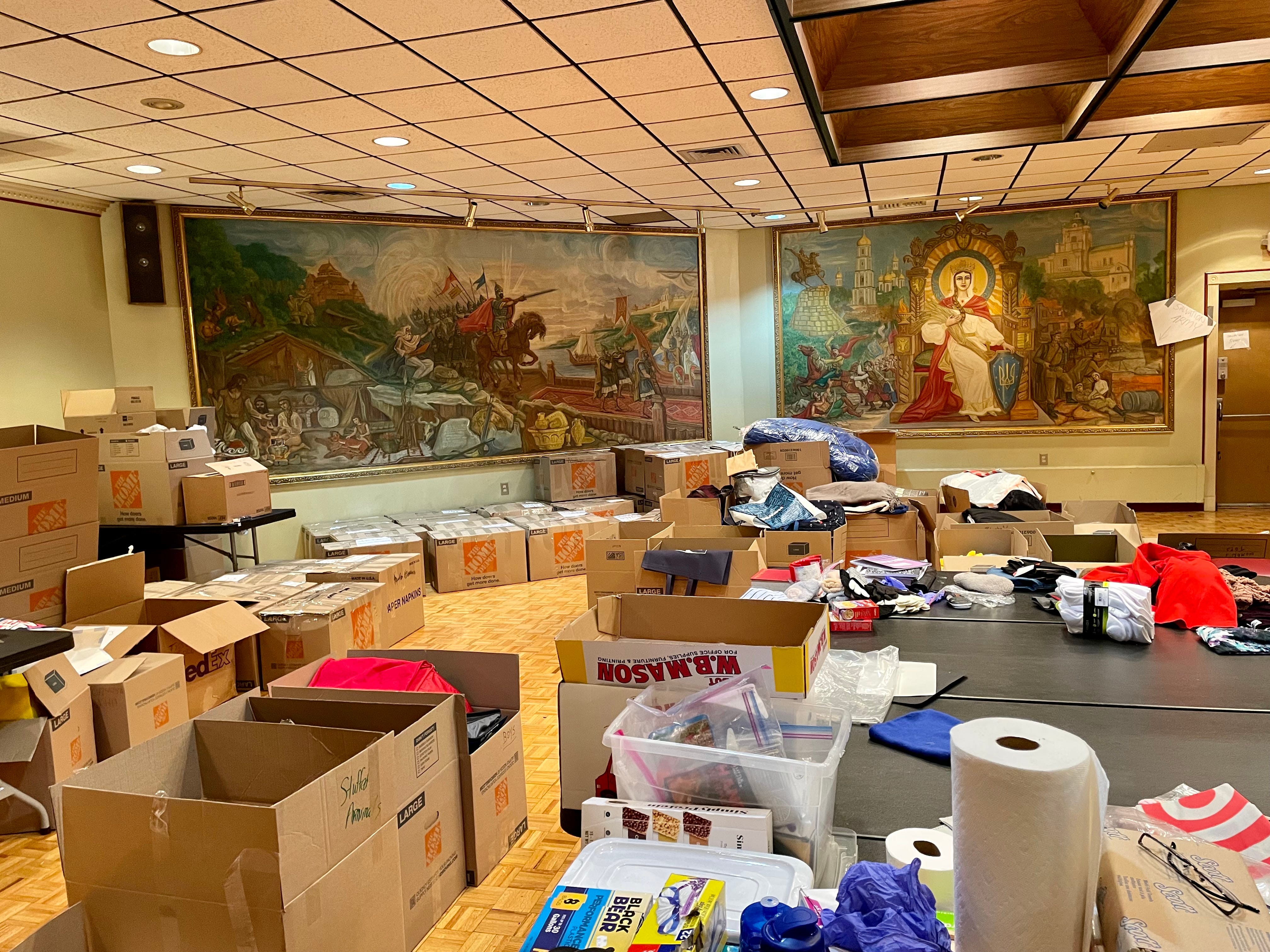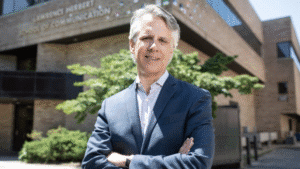By Scott Brinton
John Shafranski, 23, a Hofstra University civil engineering student, said he couldn’t sleep for 48 hours after Russia invaded Ukraine on Feb. 24.
“I didn’t think it was actually happening,” he said of the war.
Ukraine is the homeland of his parents, who immigrated to the United States in early 1990s in a wave of Ukrainian immigration following the collapse of the Soviet Union in 1991 and the opening of Ukraine to the West.
The East Meadow resident, who was born in the U.S., said he could not sit by and watch his family’s homeland burn without doing something to help. He and fellow engineering student Bohdan Fostakovskyy, 20, who was born in Ukraine and now makes his home in the U.S., recently organized a supply drive at Hofstra to help aid the millions of Ukrainians now under siege in their country and the estimated 3 million refugees who to date have fled the nation of 41 million.
On Feb. 16, Shafranski delivered a pickup truck full of relief supplies that he and Fostakovskyy collected to St. Vladimir Ukrainian Parish Center on Uniondale Avenue in Uniondale, which virtually overflowed with oversized boxes full of food, diapers, toiletries and first aid kits.
He was joined by Ivan Cardona, a Hofstra public relations professor, and this journalism professor/reporter, who brought two cars full of supplies collected at the Fred DeMatteis School of Engineering and Applied Science, the Sondra and David S. Mack Student Center, and the Lawrence Herbert School of Communication.
Dr. Dave Burghardt, an engineering professor and founder and co-director of Hofstra’s Center for STEM Research, helped Shafranski and Fostakovskyy with organizing the drive at the DeMatteis school.
Sponsoring organizations at Hofstra included the American Society of Civil Engineers student chapter, the Theta Tau engineering fraternity, the Public Relations Student Society of America and The Long Island Advocate.
Supplies will be sent from the parish center to a warehouse in New Jersey, where they will be sorted and shipped to Ukraine to aid in the relief effort.
“It’s heartbreaking to see my home country and family suffer from an unnecessary, unprovoked war,” Fostakovskyy said. “I can’t imagine the thought of being forced to flee and evacuate my home to avoid danger and leave everything behind. Although I’m limited in the ways I can help my fellow Ukrainians from across the world, I wanted to help in any way possible.”

“It’s not something you want to experience,” Shafranski said of the war.
Shafranski was steeped in Ukrainian culture as a child, attending Ukrainian cultural school at the St. Vladimir Parish Center and learning to speak Ukrainian. He has been to Ukraine many times, most recently four years ago.

The parish center was built in 1972, said Taras Pyszczymuka, 71, a volunteer who was helping to organize supplies there Wednesday night. An addition was constructed in 1982.
Ukrainian immigration to Long Island came in waves, most notably after World War I, World War II and the collapse of communism in the late 1980s and early ’90s, explained Pyszczymuka, of Bellmore. His own parents, who were from Ukraine, were displaced after the Second World War and for a period wound up in Belgium, where his father found work as a coal miner. He came to the U.S. with his family in 1955, at age 5, settling on Long Island.


Olesya Pankratyeva, another of the volunteers helping to pack supplies at the parish center, came to the U.S. from Mykolaiv, Ukraine, 20 years ago. Mykolaiv, in the southern part of the country, is now among the Ukrainian cities under the heaviest bombardment by Russian forces. Roughly half of Mykolaiv’s 500,000 denizens have fled the city since the outbreak of the war, according to Sky News on March 14.
“The last three weeks have just been emotional hell for me,” Pankratyeva said.
She, too, could not sit by and watch. “That’s why,” she said, “I’m here,” at the parish center volunteering.
“I really believe America can do more” to aid Ukraine, she said.
Pankratyeva, who is in home care, would like the U.S. to establish a no-fly zone over Ukraine. “We are all begging for that,” she said. “That’s the only way to stop the war.”
Supplies are being collected at the parish center on Wednesdays and Fridays from 6 to 9 p.m. and Saturdays and Sundays from 9 a.m. to 6 p.m. Center volunteers ask that those donating wait a week or two to enable them to clear out the load of supplies now housed there and regroup.
For more, go to the Ukrainian Americans of Long Island website at UALI.info.
Needed items include:
Clothing: Men’s, women’s and children’s clothes, shoes and other accessories
Supplies: Toothpaste, dental floss, mouthwash, toothbrushes, soap bars, hand sanitizers, feminine hygiene products, shampoo/conditioner, deodorants, razors/shaving cream
Household: Toilet paper, paper towels, wet wipes/baby wipes, baby diapers, microwaves, pots and pans, new sheets, pillowcases
Medical: Band-Aids, gauze, alcohol/disinfectant wipes, boxes of masks
Miscellaneous: Hand warmers, flashlights, nail clippers, hairbrushes, shopping totes/bags
The parish center is not currently accepting clothes. Clothing can be dropped off at any of the collection sites set up by the Nassau County Executive Bruce Blakeman and the County Legislature, including:
- The Eisenhower Park Administration Building (Merrick and Stewart Avenues, East Meadow).
- The Theodore Roosevelt Executive and Legislative Building (1550 Franklin Ave., Mineola).
- Cantiague Park (480 W. John St., Hicksville).
- Grant Park (1625 Broadway, Hewlett).
- Nickerson Beach (880 Lido Blvd., Lido Beach).
- Wantagh Park (1 King Road, Wantagh).
- Christopher Morley Park (500 Searingtown Road, Roslyn).

Scott Brinton is a special assistant professor of journalism at Hofstra, and editor and adviser to The Long Island Advocate.







